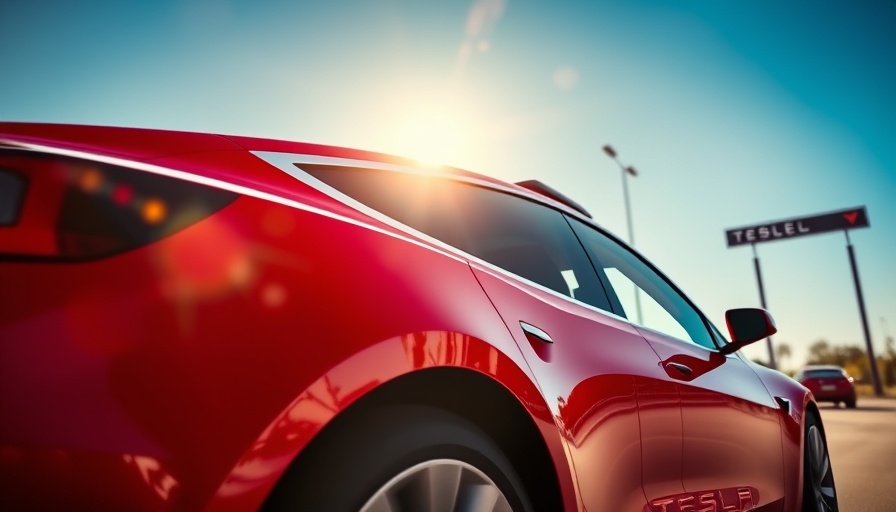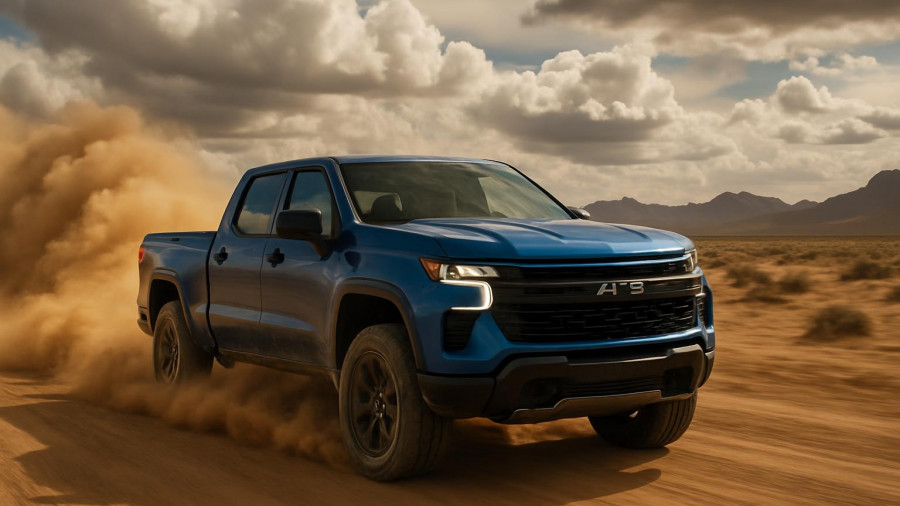
Innovative Engineering: A Tesla Model Y Hybrid Makeover
In a remarkable twist of automotive ingenuity, a Tesla Model Y owner in China has transformed his electric SUV into a hybrid by attaching a gasoline generator. This adaptation was motivated by the desire for additional range while venturing into the remote landscapes of Tibet, particularly near the Mount Everest viewing platform. In an age where range anxiety is a common concern among electric vehicle (EV) drivers, especially in less populated areas, this owner's modification highlights the lengths some will go to ensure their journey continues uninterrupted.
Understanding Range Anxiety Among Electric Vehicle Owners
Range anxiety, the fear of running out of battery before reaching a charging station, often plagues EV enthusiasts. Even in regions where charging infrastructure is growing, such as the United States and Europe, the unease remains prevalent. This psychological barrier can lead drivers to reconsider their travel plans. In contrast, for those looking to explore off-the-beaten-path destinations, like the rugged terrains of Tibet, this anxiety can feel even more pronounced.
The Practicality of Adding a Gasoline Generator
The innovative owner @Xiaomo strapped a gasoline generator to his Model Y's rear, which allows for emergency recharging capabilities. While this generator isn't capable of fast-charging the battery on the move, it produces a sufficient power output (3 kW) that adds approximately 12 miles of range per hour. Though the cost to run on gasoline is higher than charging from the electric grid, at about 22 cents per mile, the peace of mind and autonomy it provides in desolate areas can't be overstated.
Legal and Environmental Considerations
To comply with local regulations, the generator even has its own license plate, setting a precedent for potential future adaptations of electric vehicles. However, while this modification showcases creative problem-solving, it raises questions about the long-term viability and environmental impacts of hybrid systems in an era focused on reducing carbon footprints. The transition from purely electric to hybrid could potentially clash with the very ideals of sustainability that EVs represent.
Future Implications and Industry Response
Despite the success of one enterprising Tesla owner, it seems that major manufacturers, like Tesla, have yet to show interest in range extenders as part of their product lines. Existing models, however, have inspired many DIY enthusiasts to tinker with their vehicles, resulting in a growing trend of unconventional solutions for common EV challenges. As the market continues to evolve, the discussions surrounding the need for range extenders in electric vehicles are sure to intensify.
Heartfelt Stories from the Road
Adventurous undertakings like Xiaomo's journey to Mount Everest demonstrate not only a personal quest for exploration but also the human element of travel that many EV owners cherish. The desire to witness breathtaking landscapes often supersedes the concerns about potential technical setbacks along the way. Such stories encourage a community mindset among EV owners, who may share tips and successes regarding range management.
Conclusion: A Call for Innovation
The tale of the Model Y owner who improvised a gasoline solution to ensure a reliable range has wider implications for the automobile industry. Innovators like Xiaomo can inspire changes in how manufacturers approach range anxiety. As consumers become increasingly adventurous with their travels, it may prompt automakers to rethink their designs. This story encourages a dialogue about innovation and customizable solutions for a better driving experience in remote and challenging conditions.
 Add Row
Add Row  Add
Add 




Write A Comment